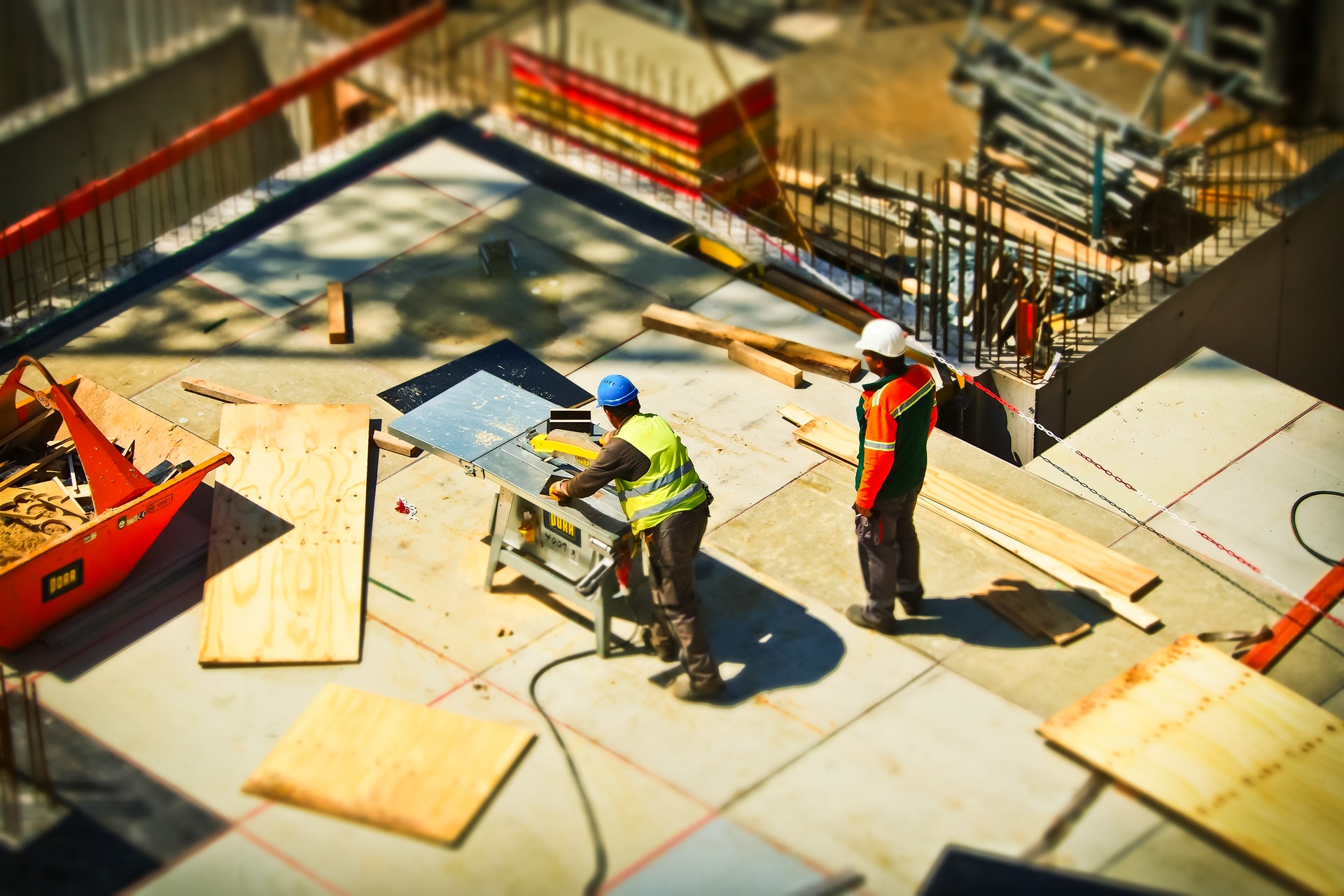How to cut down on material costs on the construction site
Contents |
Introduction
One of the greatest problems that most contractors face is the question – how to save money on materials without harming the quality of the end product? This is particularly important in the construction industry, due to the fact that any 'compromise' you make, may put lives at stake.
Nevertheless, cutting down on material costs on the construction site in a safe and efficient way is quite possible, as long as you do it the right way around. Here are four tips that might come in handy.
Go for local materials
Transportation price of a large quantity of material is something you can’t afford to ignore, therefore, you need to ensure that you go for local materials. It’s not just about the cost of gas on default, seeing as how an overloaded truck (or any vehicle in general) tends to spend more gas to traverse the same distance.
Furthermore, the greater the distance it passes while overburdened, the more often will it break down. In other words, going for local materials saves you money in more than several ways. One last thing, by going down this path, you’ll lower the environmental impact of your construction site, which is one more thing worth keeping in mind.
Standardise
The next thing you can do is standardise the materials you use. This may be a bit in contrast with the idea of going for local materials, yet, it saves time, money and effort in the long run. First of all, by having your team accustomed to working with these materials and having your tools adjusted to them, you’ll have a much more efficient work process than you otherwise would.
Most importantly, this efficient work also implies less adjustment downtime and less material waste due to mismanagement. Needless to say, this is a factor that’s hard to quantify, due to the fact that different batches of the same supply might be of a different quality. Therefore, a human error might not be the only factor worth considering. Nonetheless, it’s more than clear that this leads to a direct material benefit of the contractor.
Purchase materials from specialised suppliers
Another rule you’d do well to adhere to is the idea of buying materials from specialised suppliers. Why? Well, apart from the fact that they have a wider variety of supplies, they also tend to provide specialised offers that general suppliers usually can’t match; for instance, when looking for lead products and supplies, you should look for specialised suppliers that have lead for sale in Australia, New Zealand, or any other country where your construction project is taking place.
Same goes for every different type of material, no matter how exhausting such a process might seem. Once you establish these connections, you’ll have a much easier job of automating the rest of the process.
Buy bulk and save
Buying in bulk is always more frugal than acquiring the specific amount you need, especially due to the fact that you can never have a 100 percent accurate guess of how much material you will need. You see, not every material (even from the same supplier) is of the same quality, same as your team isn’t always equally diligent. In this way, you’ll also provide your ream with some replacement material without having to undergo an expensive turnover. Sure, this also means that you would have to invest in storage, yet, more often than not, this is an expense worth making.
Conclusion
Neither of the above-listed four tips suggests skimming on materials or purchasing materials of lower quality. All that you have to do is look for simpler, more pragmatic ways to acquire necessary materials, as well as plan for the long run. Finally, by including abstract terms of human error probability and the effects of standardisation into the equation, you might get the full picture of the savings that you’re about to make.
Related articles on Designing Buildings Wiki
Featured articles and news
RTPI leader to become new CIOB Chief Executive Officer
Dr Victoria Hills MRTPI, FICE to take over after Caroline Gumble’s departure.
Social and affordable housing, a long term plan for delivery
The “Delivering a Decade of Renewal for Social and Affordable Housing” strategy sets out future path.
A change to adoptive architecture
Effects of global weather warming on architectural detailing, material choice and human interaction.
The proposed publicly owned and backed subsidiary of Homes England, to facilitate new homes.
How big is the problem and what can we do to mitigate the effects?
Overheating guidance and tools for building designers
A number of cool guides to help with the heat.
The UK's Modern Industrial Strategy: A 10 year plan
Previous consultation criticism, current key elements and general support with some persisting reservations.
Building Safety Regulator reforms
New roles, new staff and a new fast track service pave the way for a single construction regulator.
Architectural Technologist CPDs and Communications
CIAT CPD… and how you can do it!
Cooling centres and cool spaces
Managing extreme heat in cities by directing the public to places for heat stress relief and water sources.
Winter gardens: A brief history and warm variations
Extending the season with glass in different forms and terms.
Restoring Great Yarmouth's Winter Gardens
Transforming one of the least sustainable constructions imaginable.
Construction Skills Mission Board launch sector drive
Newly formed government and industry collaboration set strategy for recruiting an additional 100,000 construction workers a year.
New Architects Code comes into effect in September 2025
ARB Architects Code of Conduct and Practice available with ongoing consultation regarding guidance.
Welsh Skills Body (Medr) launches ambitious plan
The new skills body brings together funding and regulation of tertiary education and research for the devolved nation.
Paul Gandy FCIOB announced as next CIOB President
Former Tilbury Douglas CEO takes helm.
UK Infrastructure: A 10 Year Strategy. In brief with reactions
With the National Infrastructure and Service Transformation Authority (NISTA).























